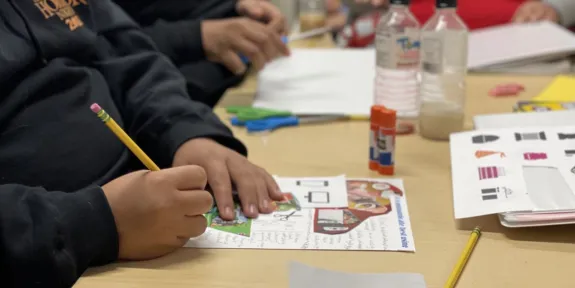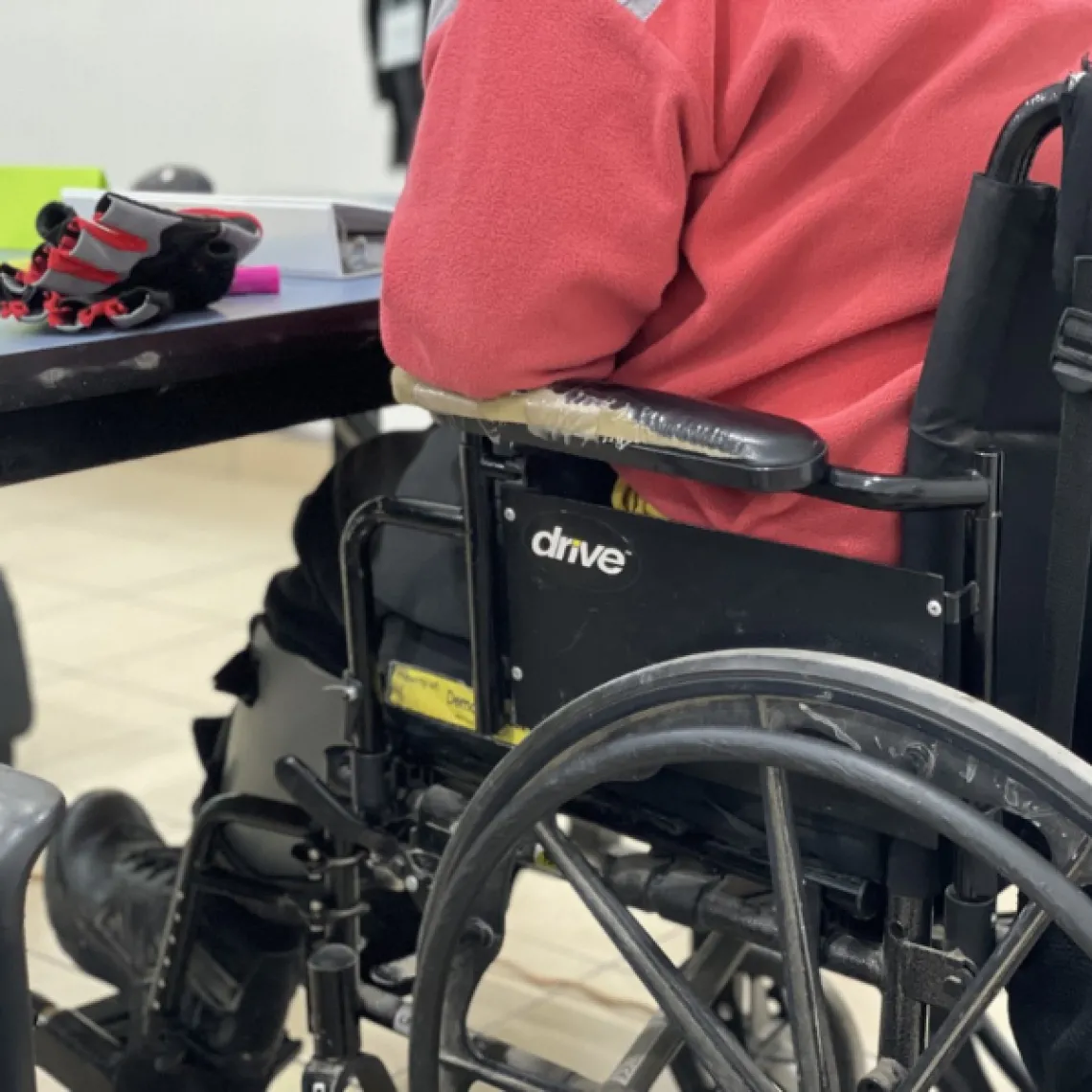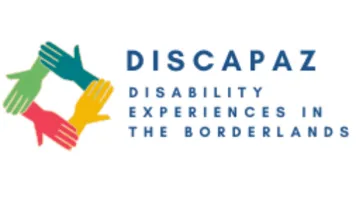
DISCAPAZ: Disability Experiences in the Borderlands
Using artistic and creative expression, this project is focused on documenting, analyzing and sharing stories of lived experience with disability, highlighting the unique strengths and resilience of individuals, families and communities. Using a humanities lens with a health focus, the project aims to expand experiential learning and research opportunities for undergraduate, graduate, and professional students, as well as postdoctoral trainees, highlighting the practice and value of narrative-making in individual, institutional, and community advocacy.
Individuals with disabilities are being engaged in storytelling through:
- Art-based story crafting workshops
- In-depth interviews
- Multimedia expression
- Use of archival, community and personal artifacts
Through DISCAPAZ we share digital stories of resilience, combining oral and written storytelling with images, sound, and video.
Community members tell us about who they are, their experiences, and communities in the borderlands. These stories are co-created by community members and university students. Visit the DISCAPAZ community website (available in English and Spanish) to learn more and browse the collection of stories.
.

Guided by individuals with lived experience and local community organizations, this project will collaboratively design and implement an open access, multilingual, web-based platform to share the digital stories and artifacts developed.
This project launches a new sustainable interdisciplinary experiential learning track for our Diversity Fellowship program that facilitates authentic engagement with border communities, addressing community-identified needs while amplifying disabled voices in the borderlands.
Contact
To learn more, please contact Celina Urquidez at celinau@arizona.edu.
Partners


